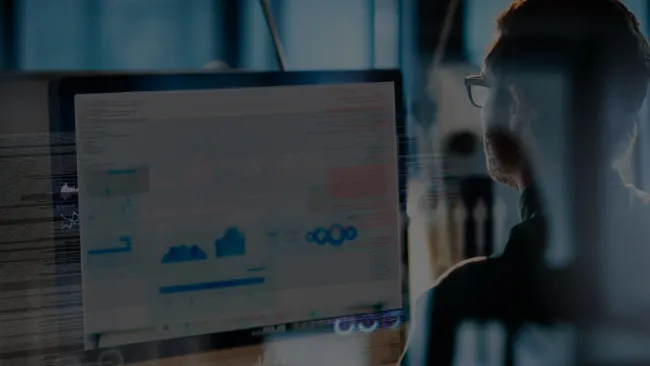An organisation’s front and back office functions are fundamental to any great customer experience. That’s why it’s critical to keep both front and back office operations running smoothly and effectively. Yet, in many businesses, there is often some overlap and confusion over what defines the roles of a front office and back office, making it difficult to prioritise an area for greater efficiency and productivity. Have no fear, we’ll review the definitions of and use cases for the essential components of a business – the front office and the back office.
What is the front office?
The front office refers to the customer-facing section of a firm. For example, hotel receptionists, bank tellers, and other customer service and sales associates who directly interact with customers are considered part of an organisation’s front office operations. Other front-office departments may include public relations, marketing, and the contact centre. Front office employees play an important role in communicating with customers and ensuring they’re satisfied with the product or service provided. Since customer satisfaction is mostly tied to the front office, this area is a significant revenue-driver for organisations.
What is the back office?
The back office represents the part of a company that is non-client facing, such as administration and support departments. The back office is sometimes used to describe jobs that don’t directly generate revenue. Don’t be fooled by the name, however. Even though the back office isn’t visible to customers, it provides many critical functions including accounting, IT services, forms processing, claims adjudication, regulatory compliance, and more. Back-office employees enable and equip front-office employees to perform their client-facing duties and together, deliver an excellent customer experience.
How can the front and back office be automated intelligently?
Many front and back office functions are intertwined and directly impact each other. For instance, disorganised back-office practices lead to slow responses and excessive rework that result in increased average handle time in the contact centre and other errors that directly impact efficiency and customer satisfaction. This is where intelligent solutions that blend automated rules-based processing and human intervention can save time and deliver better outcomes.
For example, in the front office, many customer interactions are high-volume and repeatable, which can be handled in channels like chat, messaging, IVR and others that lend themselves to be easily automated. Reducing human dependency along these parts of the customer journey helps to drive down costs and errors while at the same time increase process compliance and interaction speed.
Unattended Robotic Process Automation (RPA) removes humans completely to speed up efficiencies and makes contact centre agents available for more complex customer centric interactions. A one-time password (OTP) option—a component of RPA—for instance, enables customers to authenticate their account without human assistance.
The OTP option is received by the user on a registered email address or cell phone to authenticate the transaction initiated by the customer in order to reset a password, authorise a financial charge on the card, or make an online payment. Attended RPA, meanwhile, is used to assist contact centre associates to help them make better, quicker decisions when dealing with customers or administrative tasks.
Artificial intelligence is also reinventing the back office by freeing up employees on the operations side to work on complex and meaningful tasks while automation caters to the easier work. For example, as part of a review and audit process, a bot could input the details related to a transaction and a human checker will validate the entry. This can help reduce manual efforts by up to 50 percent.
The front and back office both represent essential functions that make up a business. Understanding how these areas intersect and how they can be optimised is critical for a business’s future success. And increasingly, a seamless integration of various front-end and back-end systems with automation and human intervention is the key to enabling greater efficiency, accuracy, and productivity than ever before.
Learn more
Here are additional resources about the front office and back office.
Breaking down backlogs with back-office accuracy and speed – Here’s how an agile team cleared a health insurer’s report backlog in record time.
Reinvent the “new normal” customer experience – As we go forward, ensure that the digital front door leads to amazing outcomes.
Decoding RPA and intelligent automation in the contact centre – A quick guide to RPA and RDA technology in general, as well as the differences between the two.
Digital transformation powered by RPA/RDA – Learn how more than 200 customer-related automated processes lowered a telecom’s cost to serve.

















